Freshwater Communities & Lentic Waters
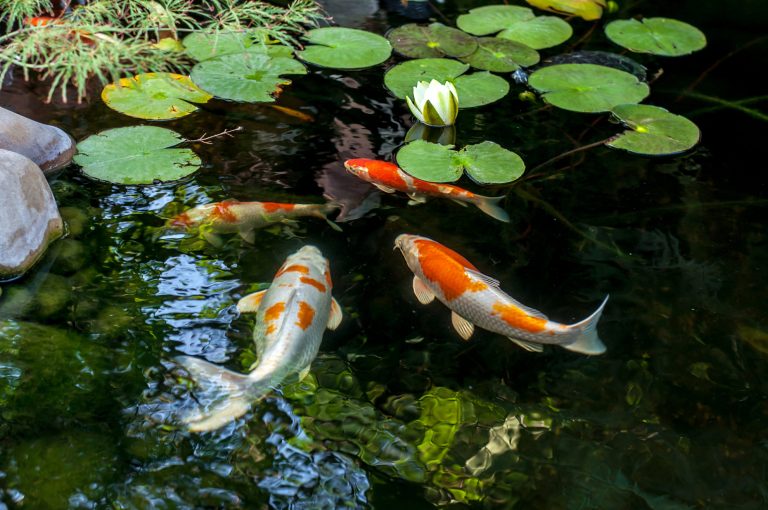
Lentic community
Lentic (still water) communities can vary greatly in appearance, anything from a small temporary puddle to a large lake is capable of supporting life to some extent. The type of life which is supported will depend greatly on the biotic and abiotic components of the freshwater ecosystem explained on previous pages of the tutorial.
The creation of many of today’s long-standing freshwater lentic environments is a result of geological changes over a long period of time, notably glacial movement, erosion, volcanic activity, and to an extent, human intervention. The consequence of these actions results in troughs in the landscape where water can accumulate and be sustained over time.
The size and depth of a still body of water are major factors in determining the characteristics of that ecosystem, and will continually be altered by some of the causes mentioned above over a long period of time.
One of the important elements of a still water environment is the overall effect that temperature has on it. The heat from the sun takes longer to heat up a body of water as opposed to heating up dry land. This means that temperature changes in the water are more gradual, particularly so in more vast areas of water. When this freshwater ecosystem is habitable, many factors will come into play determining the overall makeup of the environment in which organisms will have to adapt to.
As with osmosis, the temperature will even out across a particular substance over time, and this applies to a still body of water. Sunlight striking the water will heat up the surface, and over time will create a temperature difference between the surface and basin in the body of water. This temperature difference will vary depending on the overall surface area of the water and its depth.
Over time, two distinctly different layers of water become established, separated by a large temperature difference and providing unique ecological niches for organisms. This process is called stratification, where the difference in temperature between surface and water bed are so different they can easily be distinguished apart. The surface area is deemed the epilimnion, which is warmed water as a result of direct contact with sunlight. The lower layer is deemed the hypolimnion, found below the water surface, and due to increased depth, receives less heat from the sun and therefore results in the colder water underneath.
As noted above, light is an important abiotic factor in the freshwater community. Some factors can affect the amount of light received by autotrophic organisms (organisms that perform photosynthesis). In particular, these factors affecting light availability may, in turn, affect the level of photosynthesis and respiration, hence affect their abundance. As a result, subsequent species that rely on them will also be affected.
Man has continuously polluted water sources, especially since the industrial revolution. Litter for example, and especially non-biodegradable litter, will block out light for light-dependent organisms. An oil spillage will also have the same effect, perhaps more extreme as the oil will situate itself on the surface of the water and block out light.
Organic material and sediment can enter the still water environment via dead organisms in the area, and water flowing into the area from hills and streams. Buoyant material will also block out light required by the primary producers of the ecosystem.
When water moves, the friction caused by the moving water against the water bed and its banks will result in disturbing loose sediment. Depending on the weight of this sediment, heavier particles will slowly sink back to the bottom of the body of water while lighter materials will remain suspended in the water. The lightest material will rise to the surface, resulting in less light available to organisms underneath the surface.
Naturally, the consequences of the above will result in less light for organisms that rely on photosynthesis as a means of food and subsequently means that organisms that feed on these autotrophic organisms will soon find that their food source is less freely available.
Another major factor affecting still water communities is the oxygen concentration of the surrounding area. Oxygen concentration is primarily affected by three factors:
- The surface area which the body of water is exposed to the open-air environment
- The circulation of water, chiefly due to temperature variations in different areas of the water body (convection currents)
- Oxygen created as a result of respiration, consumption, and the oxygen consumed by animals and bacteria.
As mentioned in the other Freshwater Ecology tutorials, the temperature can also affect the concentration of oxygen available, which in turn, means that the depth of the water will therefore also have an effect. In turn, carbon dioxide levels, which are closely related to the oxygen levels available will be required by organisms undergoing photosynthesis. The availability of these will affect the organisms in the ecosystem. Their relationships with temperature will also affect their availability.
Evidently, some of these factors vary through different conditions, and changes in one of the factors usually result in changes with the others. This is also the case of pH, for example, as an increase in carbon dioxide results in a drop in pH.
With this information, we can now understand how organisms survive in these habitats in relation to these conditions described.
You will also like...

Human Perception – Neurology
This tutorial investigates perception as two people can interpret the same thing differently. Know more about human perc..
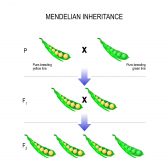
Inheritance and Probability
Gregor Mendel, an Austrian monk, is most famous in this field for his study of the phenotype of pea plants, including ..

Seed Plants
Seed plants are vascular plants. They differ from the other vascular plants in producing seeds that germinate into a new..
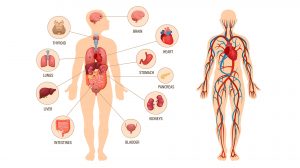
The Human Physiology
Physiology is the study of how living organisms function. Thus, human physiology deals specifically with the physiologic..
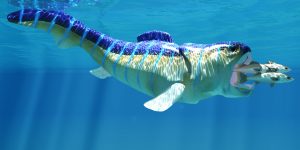
Fish
The sea was teeming with life. Eventually, through reproduction and continued variation, fish came about. There are over..
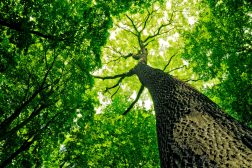
Stems
Stems primarily provide plants structural support. This tutorial includes lectures on the external form of a woody twig ..
